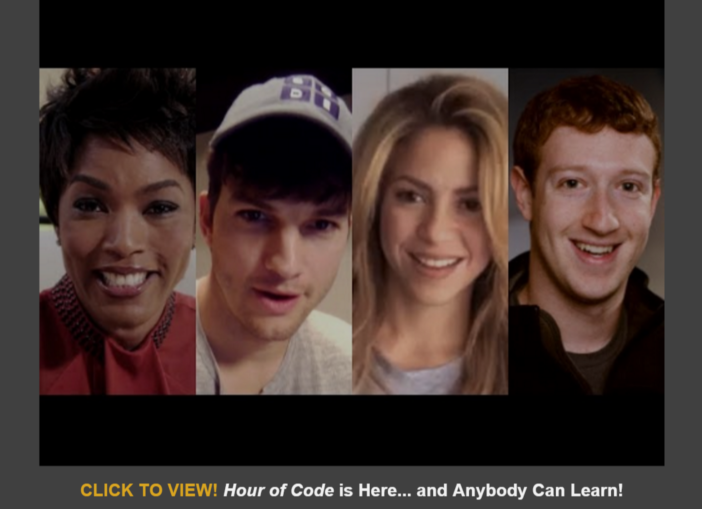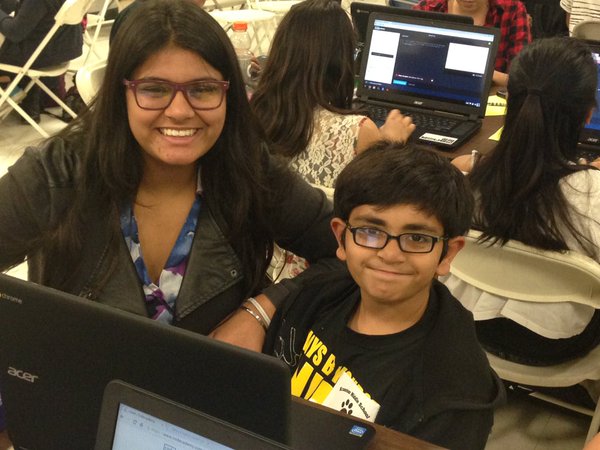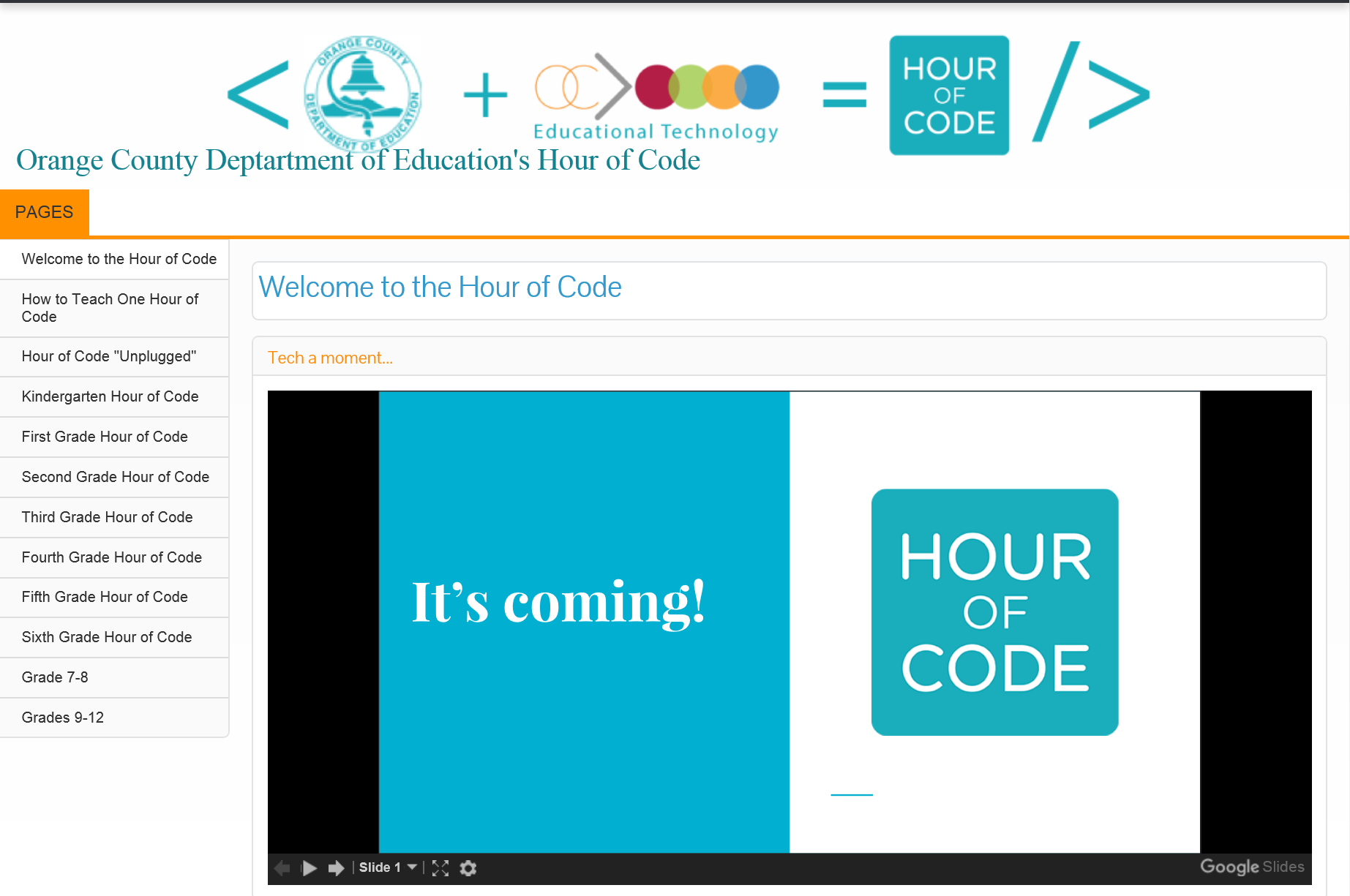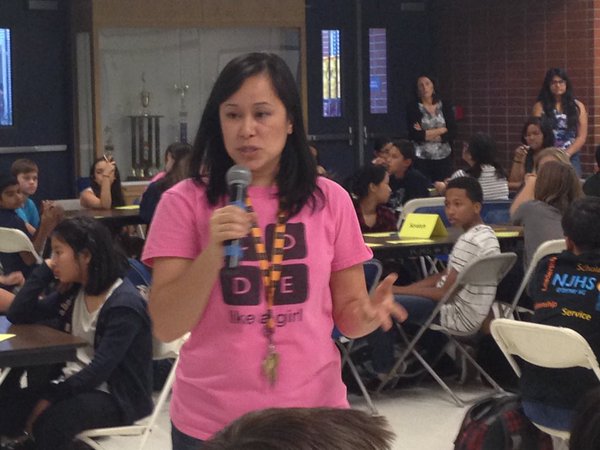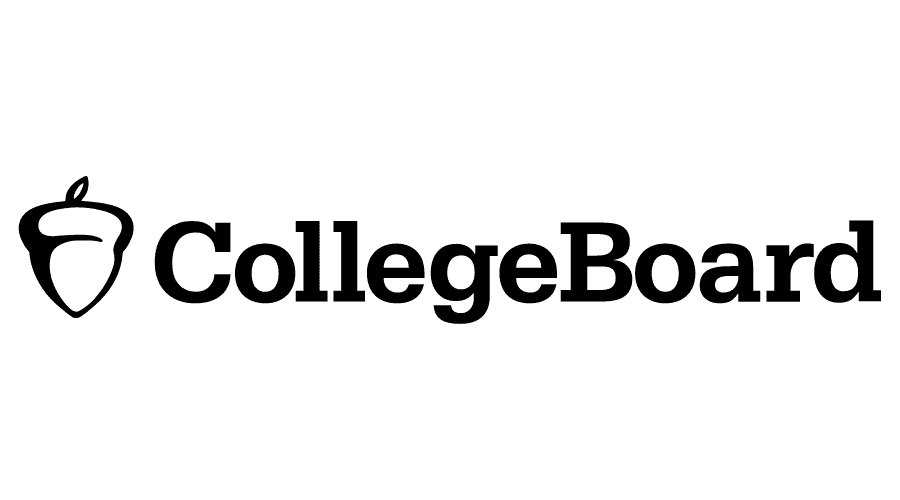HOUR OF CODE
Orange County Department of Education
Computer science drives innovation throughout the economy. In his January 12th State of the Union address, President Obama said helping students learn to write computer code was one of his goals for the year ahead.
Founded on the belief that every student in every school should have the opportunity to learn computer science, Hour of Code shows students ages 4 and up that computer science can be fun and creative. It’s accessible to everyone, regardless of background.
The one-hour introduction to computer science is designed to demystify code and demonstrate that even non-techies can learn the basics. Hour of Code takes place every year during Computer Science Education Week, which was December 7-13 in 2015.
The non-profit Hour of Code event features tutorials designed for use by schools, extracurricular clubs or nonprofits. Hour of Code partners include Microsoft, Apple, Amazon, Boys and Girls Clubs of America and the College Board.
For Tom Turner, Director of STEM (Science, Technology, Engineering and Math) and Career Technical Education for Orange County Department of Education (OCDE), the 2015 Hour of Code was just the beginning. “We want to go beyond just the one week,” he said. “We’re looking at where we go from here, what we can do to sustain student interest in code and computer science.”
While 2015 wasn’t the first year that OCDE participated in Hour of Code, Turner said that “every year the importance of the event grows, as things like the Next Generation Science Standards (NGSS) and STEM become a part of what we do.”
Hour of Code activities are self-guided. There are tutorials that work on PCs, smartphones, tablets and even some that require no computer at all.
For schools that don’t have a device for each student, Hour of Code recommends having students work in pairs, using a projected screen, or using tutorials that don’t require a computer.
New tutorials feature “Star Wars,” Minecraft, Angry Birds and Anna and Elsa from “Frozen.” Turner said that because these tutorials “are part of our current culture, students make an instant connection once they start to code.”
Hour of Code “is a tool for something that touches our lives every day – technology,” he said. “Computer science creates pathways for students’ futures, whether it’s just a hobby or a career.”
OCDE has built upon Hour of Code at the secondary level by integrating coding into existing classes, such as science, physics or computer science, and by pushing to create more computer science classes, Turner said.
“At the elementary level, we’re including coding in activities such as robotics,” he said. Many schools have robotics teams that build robots that can do things like complete an obstacle course, and teams from different schools compete with each other.
• In California, there are 85,391 open computing jobs, but there were only 2,921 computer science graduates in 2013. Of those, only 14 percent were female.
• Only 16 percent of California schools with Advanced Placement (AP) programs offered the AP computer science course in 2013-14.
• African American and Hispanic students who try AP computer science in high school are seven times more likely to major in it in college, and females are 10 times more likely.
• A computer science major can earn 40 percent more than the average college graduate.
“The measure of success of this campaign is not in how much computer science students learn. The success is reflected in broad participation across gender and ethnic and socioeconomic groups, and the resulting increase in enrollment and participation we see in computer science courses at all grade levels.”
For more information:
- Learn more about Hour of Code, including information about how to host an event, available tutorials, professional development for teachers, and more.
- View more than a dozen inspirational videos featuring information about the basics of computing from Bill Gates and Mark Zuckerberg, and high school computer science principles from the founder of Instagram.
- Orange County Department of Education’s website outlines tutorials available at each grade level and serves as a model for other districts or COEs.


